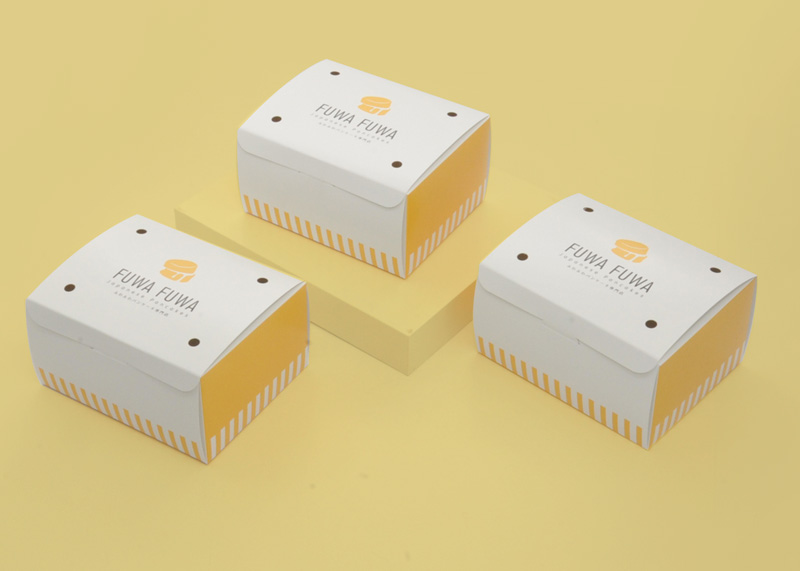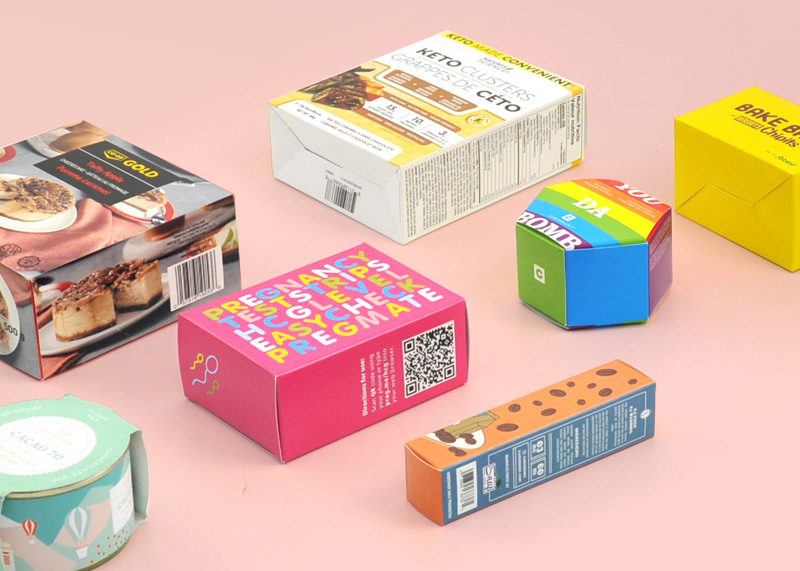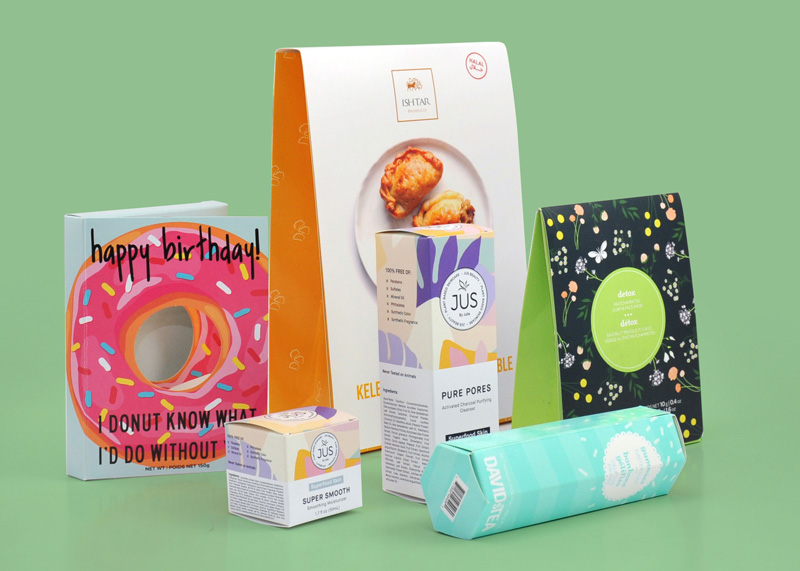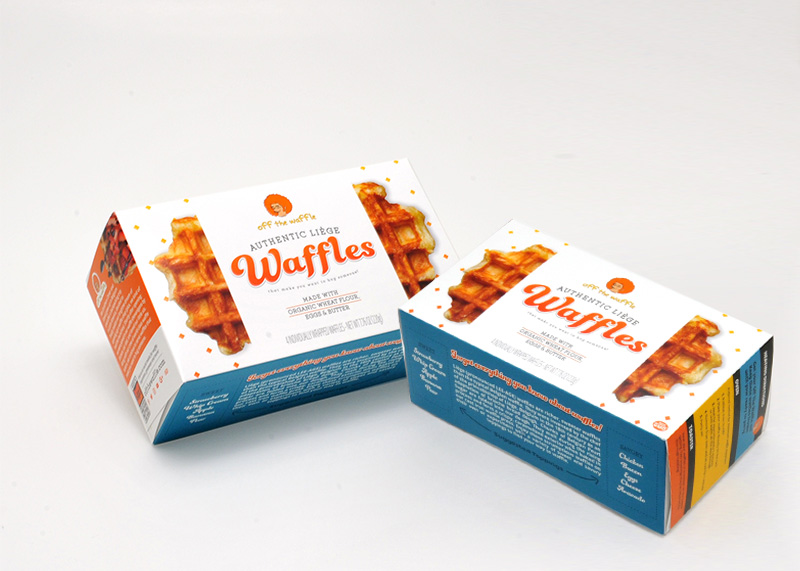Packaging lets you protect your products from damage throughout the supply chain. It also gives you the chance to make a strong impression on consumers, encouraging brand recognition and sales. Learn some of the more common packing pitfalls that companies make and how to avoid them so that you can get your product packaging right the first time.
Visible Crumbs
If you sell something like food that can produce crumbs, make sure that those crumbs are not visible through the packaging. Although people know that crumbs are a natural part of these products, they do not want to see them. If your product comes in clear packaging, add some strategic imagery or printing. In the case of die-cut windows on the packaging, ensure you place them sufficiently high up to hide the crumbs.
Containers That Do Not Stack
In the case of smaller product packaging, one of the biggest mistakes that companies make is to create packaging that cannot be stacked. This is bad for retailers who want to fill shelf space as well as consumers who want organized cabinets. It will also make shipping a challenge.
You can overcome this by ensuring that your packaging stacks before ordering a full run. But what if you cannot stack the packaging and there is not another good design option? Then you can get the point of purchase merchandising box or place the individual products in a larger package.
Too Much Empty Space
It is a common complaint from customers when product packaging has too much space. Most customers see this as misleading advertising as the packaging makes the product look larger than it is. Some packages need additional space to avoid damaging the product.
If yours is not one of these, then try to minimize the extra space. As a bonus, this should save you money on packaging and shipping costs. If your product does require additional space, such as the air in a bag of chips, consider letting customers know why there is this misleading space inside the package. Something as simple as “extra air to protect your chips” can be enough.
Easily Damaged Packaging
Some types of product packaging are more easily damaged than others. You do not want your packaging to be damaged easily, as this will increase the risk of having to replace products. It will also increase your shipping costs, as everyone involved in the supply chain will need to be extra careful. Damaged packaging can reflect poorly on your product, so you should avoid it.
To avoid easily damaged packaging, start by avoiding things like decorations, flaps, and hangtags that can easily snag. You should also make sure that you choose a durable packaging material and a packaging manufacturer who provides quality products. This way, you get quality construction on your packaging, reducing the chances of damage and that unwanted shabby appearance.
Overall Advice to Avoid Pitfalls
These are far from the only packaging pitfalls that you may fall for. To avoid these and others, make sure you put enough thought into the packaging design process. Research the vendors and customers, plan out the packaging with care, and test it to confirm it works well and achieves your goals.




